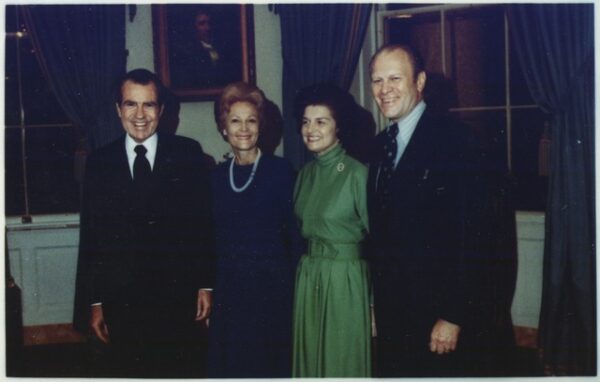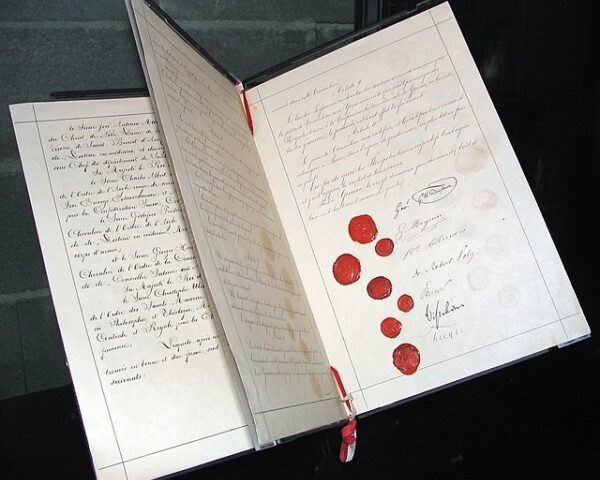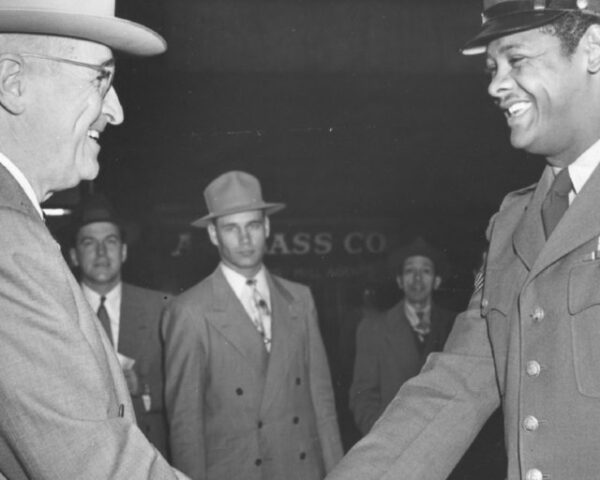On November 27, 1973, the Twenty-Fifth Amendment was used for the first time. Gerald Ford’s ascent to the position of Vice President of the United States resulted from the political turbulence that marked the early 1970s. In the aftermath of the Watergate scandal, then-Vice President Spiro Agnew resigned in 1973 due to charges of tax evasion and bribery. This vacancy created an opportunity for President Richard Nixon to nominate a new Vice President, and he turned to Gerald Ford, who was then serving as the House Minority Leader.
A Republican from Grand Rapids, Michigan, Ford was well-regarded for his integrity and bipartisan approach. His nomination received widespread approval, and his nomination passed with flying colors. Ford’s reputation for being a steady and reliable leader was seen as a stabilizing force for a White House caught in scandal.
Ford’s tenure as Vice President was relatively short-lived. In 1974, President Nixon resigned, making Ford the 38th President of the United States and the only one to have never been elected president or vice president. The Michigander focused his efforts on healing the nation and restoring public trust in the federal government.
The most controversial aspect of Ford’s short-tenure as president revolved around the decision to pardon Nixon for any crimes he may have committed while in office.
Gerald Ford’s journey from the House Minority Leader to Vice President and eventually President was a pivotal moment in American history. His commitment to transparency and healing during a challenging period helped stabilize the nation and restore confidence in the political system. Ford’s presidency, though brief, played a crucial role in restoring a sense of normalcy and trust in the aftermath of one of the most significant political scandals in U.S. history.






